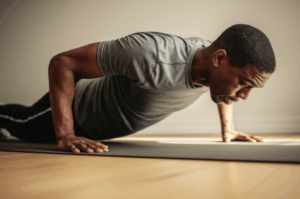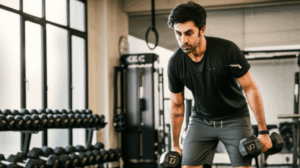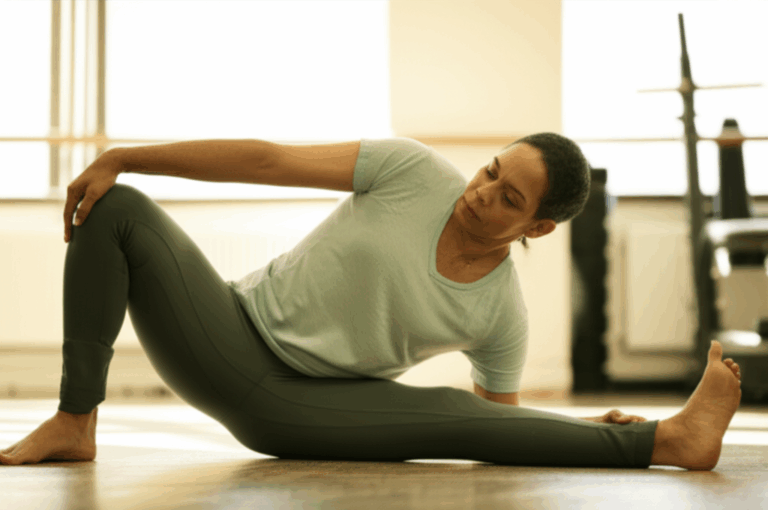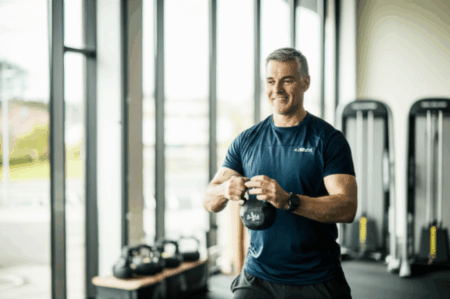Bollywood actress Preity Zinta recently highlighted a crucial, yet often overlooked, aspect of fitness: stretching. Describing it as the “gold standard for longevity and for avoiding any injury,” Zinta emphasized the importance of incorporating flexibility exercises into any fitness routine, regardless of the primary workout. Her insights resonate with health experts who consistently advocate for stretching as a fundamental pillar of overall well-being.
Stretching is far more than just a warm-up or cool-down activity; it’s a proactive measure that profoundly impacts physical health, mobility, and even mental wellness as we age. It’s a practice accessible to everyone, at any age, and its benefits are both immediate and long-term.
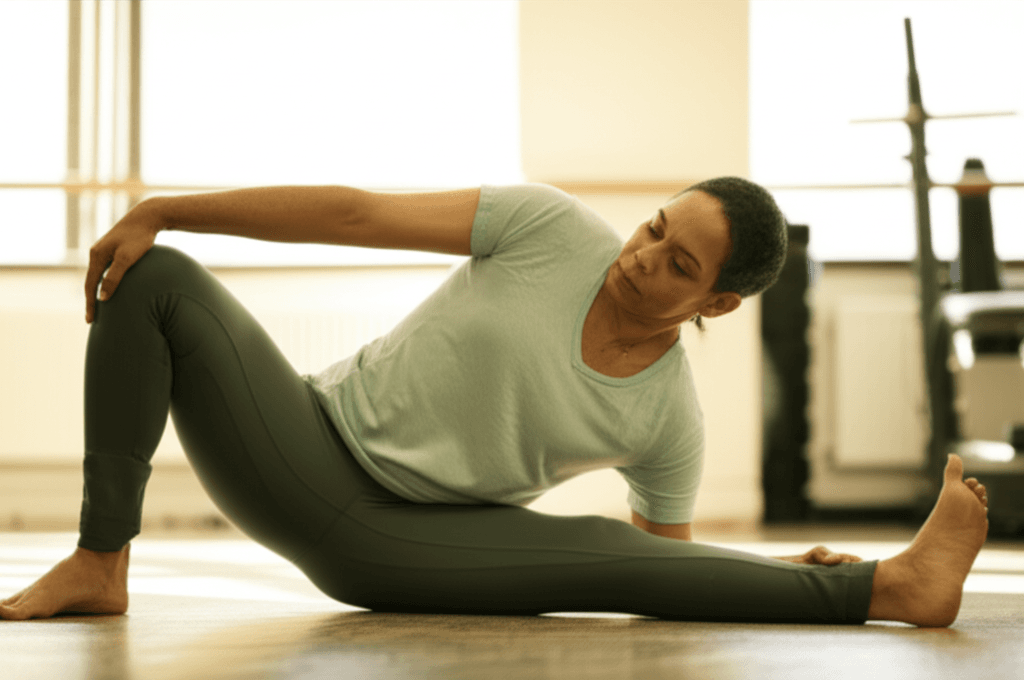
The Multifaceted Benefits of Regular Stretching
Regular stretching offers a wide array of advantages that contribute to a healthier, more active, and pain-free life. These benefits extend from improving physical performance to supporting mental clarity and reducing the risks associated with aging.
Enhances Flexibility and Range of Motion
One of the most evident benefits of stretching is its ability to increase flexibility and the range of motion in your joints. By lengthening muscles and tendons, stretching makes them more elastic and pliable, allowing for easier, more fluid movement in daily activities and during exercise. As we age, muscles naturally lose elasticity, and flexibility can decline by as much as 50% between ages 30 and 70 without intervention. Stretching actively combats these age-related changes.
Crucial for Injury Prevention
Flexible muscles are less prone to strains, tears, and overuse injuries because they are better prepared for physical activity. Stretching improves blood flow to muscles and tendons, reducing tightness and correcting imbalances that can stress joints. Tight muscles can lead to shorter, tighter muscles that are more susceptible to injury. Incorporating stretching before and after exercise is particularly effective in preventing injuries by slowly lengthening muscles and aiding in recovery.
Improves Circulation and Muscle Health
Stretching boosts blood flow to muscles and tissues, delivering essential nutrients and oxygen. Improved circulation aids in faster muscle recovery, reduces inflammation, and enhances overall cellular health, all of which are crucial for slowing the aging process. Research also indicates that stretching can improve blood vessel function and blood pressure, contributing to better cardiovascular health.
Alleviates Pain and Improves Posture
Many people experience chronic aches, such as back and neck pain, often due to poor posture or muscle stiffness. Regular stretching can significantly reduce these discomforts by maintaining muscle strength and flexibility. By lengthening tight muscles that pull the body out of alignment, stretching promotes better posture and balance, which is especially important as we age to prevent falls.
Reduces Stress and Enhances Mental Well-being
Beyond the physical, stretching offers notable benefits for mental health. It can serve as a powerful stress reliever, reducing muscle tension and promoting a sense of calm. The act of stretching, especially when combined with mindful breathing, can trigger the release of endorphins, improve focus, and even enhance sleep quality, contributing to overall well-being.
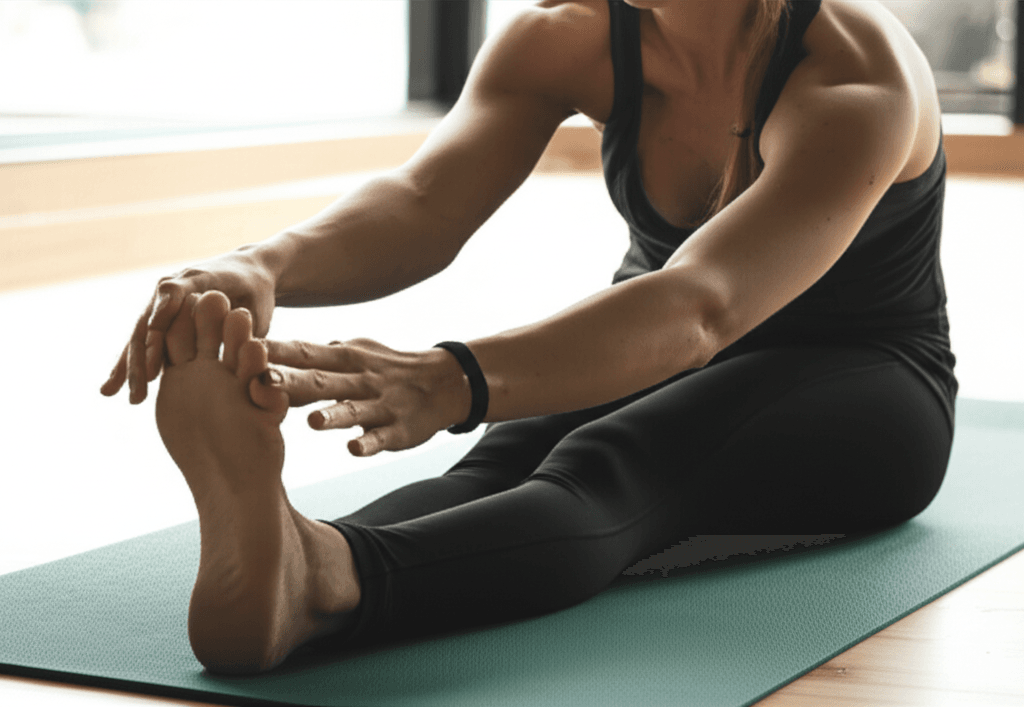
Types of Stretching Techniques
To maximize the benefits, it’s helpful to understand the different types of stretching and when to best utilize them. The main categories include static, dynamic, and PNF stretching.
Dynamic Stretching
Dynamic stretching involves continuous movements that mimic the activity or sport you are about to perform. Examples include leg swings, arm circles, and walking lunges. This type of stretching is ideal for warming up muscles before a workout or physical activity, as it increases blood flow, mobility, and prepares the body for movement, reducing the risk of injury.
Static Stretching
Static stretching involves extending a muscle group to its maximal point and holding that position for a period, typically 15 to 30 seconds or more, without bouncing. Static stretching is best performed when muscles are warm, such as after a workout or as part of a cool-down routine. It helps improve flexibility, decrease muscle tension, and increase range of motion.
Proprioceptive Neuromuscular Facilitation (PNF) Stretching
PNF is an advanced stretching technique that combines passive stretching with isometric muscle contractions. Often performed with a partner, it typically involves a 10-second passive stretch, followed by a 6-second isometric contraction against resistance, and then a relaxed stretch for 30 seconds, leading to an increased range of motion. PNF stretching is considered one of the fastest and most effective ways to increase static-passive flexibility and can improve muscular strength.
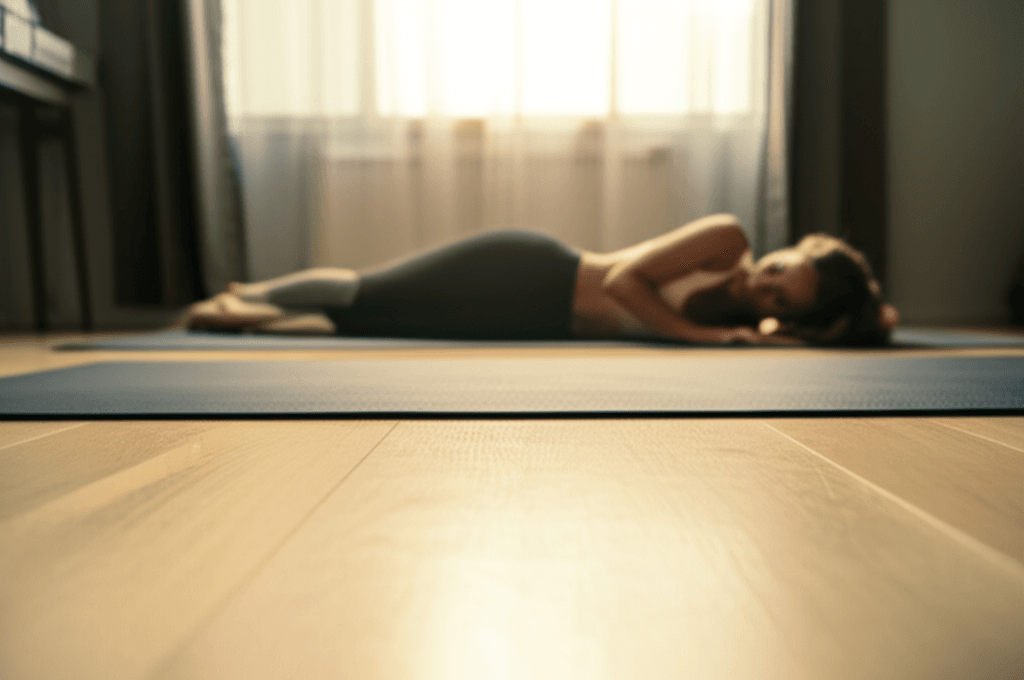
Incorporating Stretching into Your Daily Routine
Making stretching a consistent habit doesn’t require significant time or effort. Even a few minutes a day can yield substantial results.
- Morning Stretches: A few gentle stretches in the morning can help wake up your body, improve flexibility for the day ahead, and promote blood flow.
- Workday Breaks: Interrupting long periods of sitting with short stretching breaks can prevent muscle fatigue, improve circulation, and enhance focus. Consider taking an active micro-break every 20 minutes.
- Before and After Exercise: As Preity Zinta emphasizes, stretching is vital before and after workouts. Dynamic stretches prepare muscles for activity, while static stretches aid in cool-down and recovery.
- Evening Relaxation: Stretching in the evening can help alleviate tension accumulated throughout the day and improve sleep quality.
- Stacking Habits: Integrate stretching with existing daily habits, such as stretching while watching TV or waiting for water to boil.
- Listen to Your Body: Stretching should feel like a gentle pull, not pain. Pay attention to your body’s signals and gradually increase the stretch to your tolerance.
Preity Zinta’s endorsement of stretching as the “gold standard” for longevity and injury prevention is a reminder that simple, consistent practices are often the most impactful. By making flexibility a priority, individuals can unlock a cascade of physical and mental benefits that support a vibrant and active life, well into their later years.

